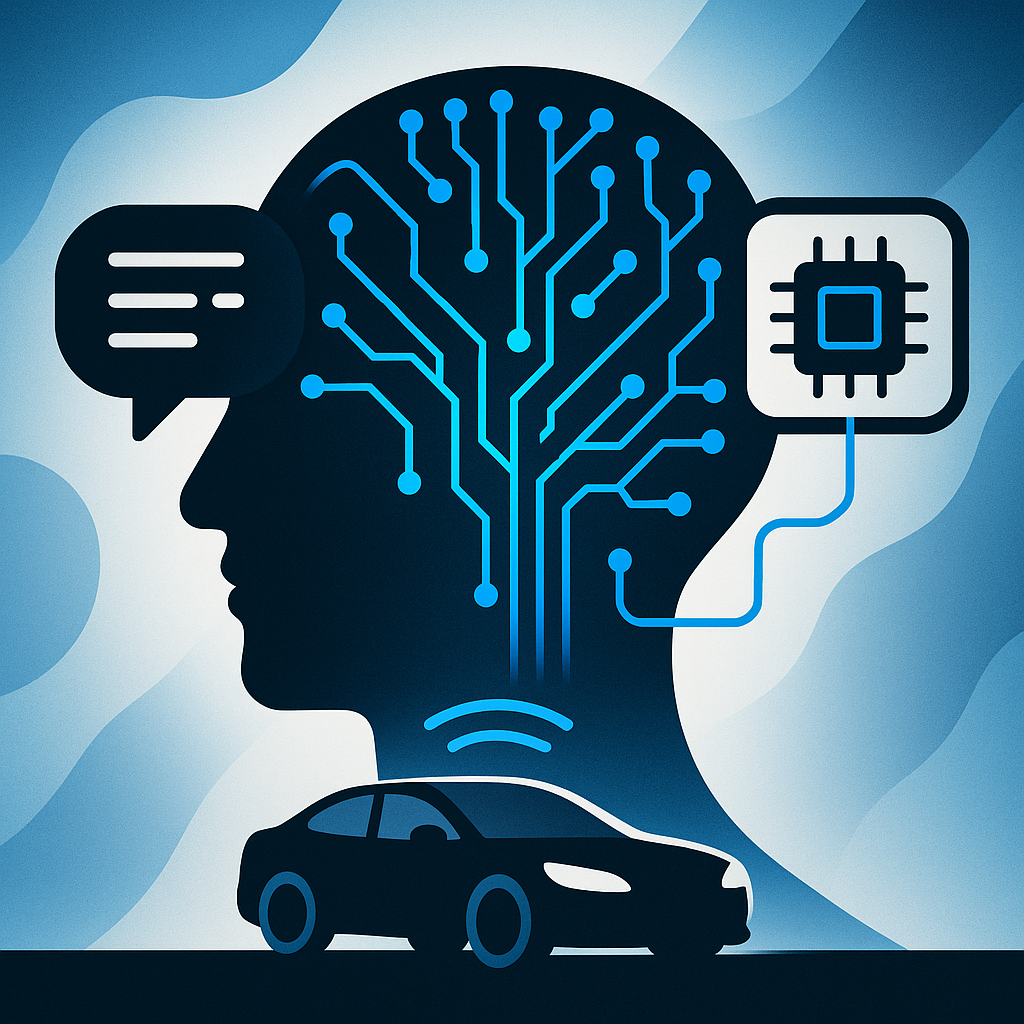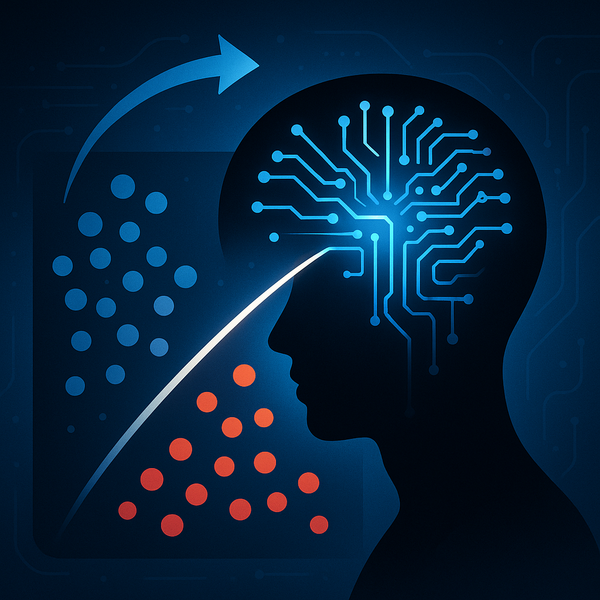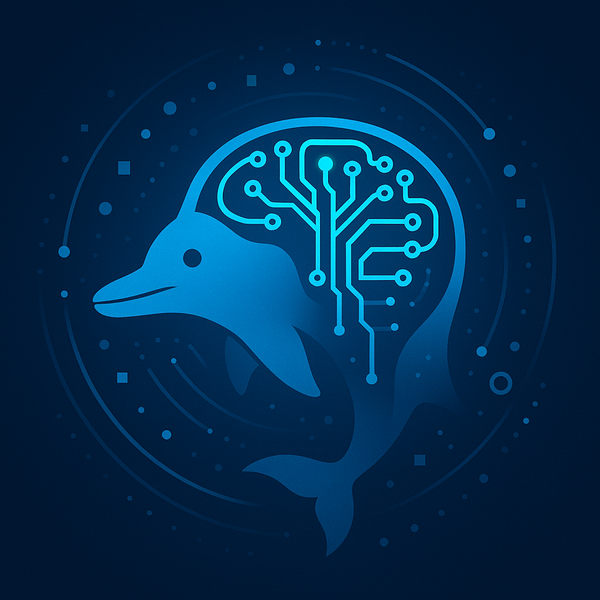Teaching self-driving cars to spot the unknown

Teaching self-driving cars to spot the unknown
Real roads are messy. To stay safe, autonomous vehicles must notice unexpected hazards—from a toppled ladder to a runaway stroller. That’s the challenge of out-of-distribution (OOD) segmentation.
Seungheon Song and Jaekoo Lee propose a simple idea with big impact: use language to help vision. Their model aligns what a camera sees with rich text descriptions, so it can recognize when something “doesn’t belong.”
- Text-driven learning: A vision–language encoder + transformer decoder learn from both images and words.
- Distance-based prompts: Text prompts set at varying semantic distances from known road classes teach the model what “other” can look like.
- Semantic augmentation: Extra OOD descriptors diversify training without needing new images.
The result? Strong generalization to unseen objects and state-of-the-art performance on Fishyscapes, Segment-Me-If-You-Can, and Road Anomaly—at both pixel and object levels.
Why it matters: Better OOD segmentation means fewer blind spots and more reliable decision-making for robots and self-driving cars.
Paper: http://arxiv.org/abs/2511.07238v1
Paper: http://arxiv.org/abs/2511.07238v1
Register: https://www.AiFeta.com
AutonomousDriving ComputerVision AI Safety Segmentation OOD VisionLanguage Robotics SelfDriving DeepLearning




